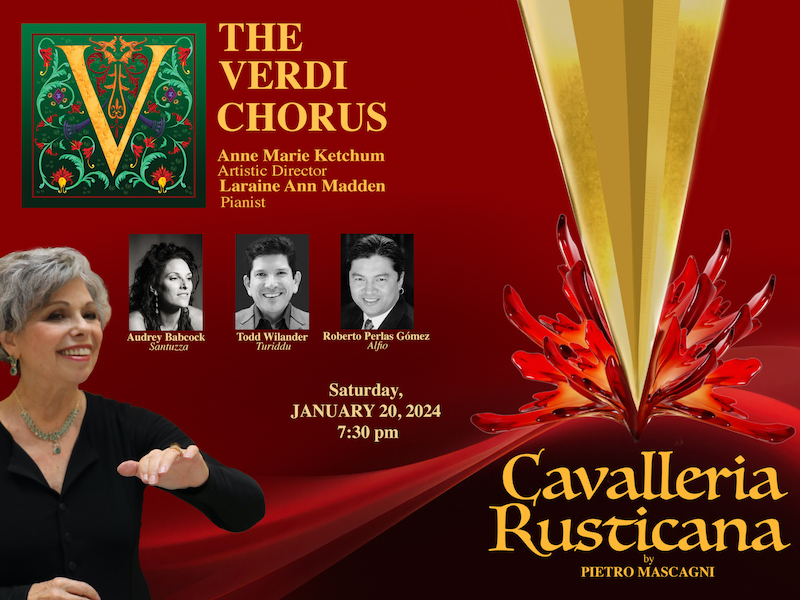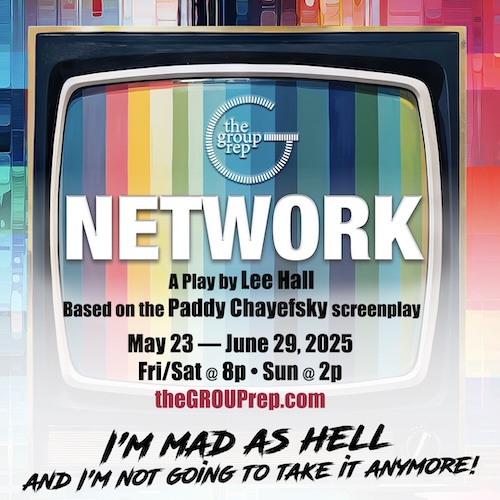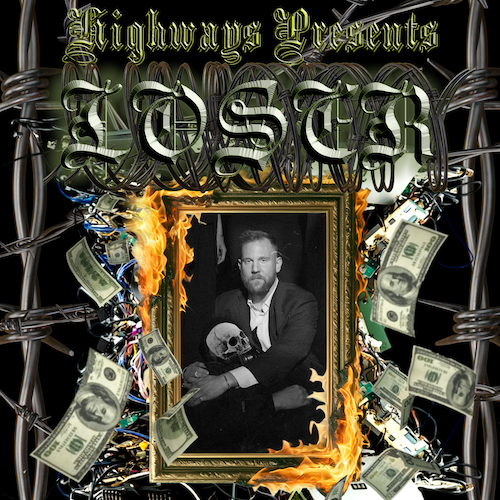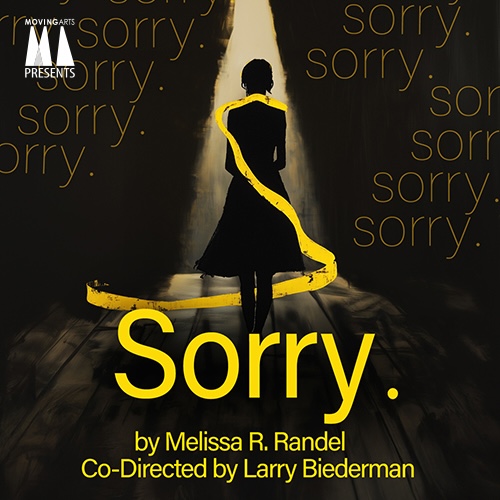Artistic Director-Conductor Anne Marie Ketchum chalks up 40 years at the Verdi Chorus
By Steven Leigh Morris
“Theater on Steroids”
With a giggle, The Verdi Chorus’s founding artistic director-conductor Anne Marie Ketchum recalls a description of opera as “theater on steroids.”
That’s not the only way these two genres compare, in this day and age especially. Also relevant is how such a community chorus can sustain itself and grow, and how similar aspects of the Chorus are to those of theater, both professional and community. Though a community chorus, the company has a sub-group of paid, professional singers (The Fox Singers), who have their own performances within the Verdi Chorus season and also serve as section leaders for the larger chorus.
To help explain this, Stage Raw spoke with Ketchum. When newly out of college, she was a singer with the Chorus in its fledgling years in the early 1980s, and would become the group’s first artistic leader. She has continued serving in that capacity for four decades.
On January 20, her Verdi Chorus is presenting a semi-staged presentation of Pietro Mascagni’s one-act opera, Cavalleria Rusticana, at its current performance home, Santa Monica’s First Presbyterian Church. This is the first time in its 40-year history that the Chorus is performing a complete opera, albeit a short one and, in the company’s style, a concert rendering with some staging. The production will feature mezzo-soprano Audrey Babcock, tenor Todd Wilander, baritone Robert Perlas Gómez, and the Verdi Chorus. A post performance wine and dessert reception will feature The Fox Singers singing Italian favorites.
Cavalleria Rusticana (Rustic Chivalry) grapples with the dueling emotions of jealousy and honor. One of the first-of-its kind verismo operas (realistic, or dealing with “real people” as opposed to kings and queens), its plot concerns a woman who is seeing a man, who has an affair with a different woman who is married; intense feelings get sprayed all over the stage before the male antagonists have a duel and the interloper is killed.
“Three of my favorite soloists had been asking me to do this for some time,” says Ketchum. To celebrate the Chorus’s 40th anniversary, she’s chosen this as the right moment.
Cavalleria Rusticana harkens to an age (the opera debuted in Rome in 1890) when infidelity and duplicity were things to feel badly about, at least in some circles. So there are some morality play/nostalgia associations that invite questions as to how our public and private groundings may have evolved, or devolved, or both. The libretto is based on a story published in 1880.
Origins

Verdi Ristoranti di Musica was located at 1519 Wilshire Boulevard in Santa Monica. It closed in 1996. (Santa Monica Public Library Image Archives)
The Verdi Chorus started at an Italian Restaurant on Wilshire Boulevard in Santa Monica— Verdi Ristorante di Musica, a high-end eatery that had a small stage and would feature singers (and later, a chorus). The décor featured a large portrait of Giuseppe Verdi with panels depicting scenes — caricatures — from Verdi operas.
“The owners, Bernie Segal and his wife Sheila, loved opera,” Ketchum recalls. “We had a group of 20-25 young opera singers starting to make our careers. I was one of the singers. On one night we’d do opera; on another, musical theater. . . They built up quite a clientele of opera lovers and Italian food lovers.”
So [in 1983] they decided to start a chorus, “and they asked me to run it.”
Ketchum had trained at California State University Northridge at a time when that university’s music department featured one of California’s powerhouse programs in opera. (Among her classmates was superstar soprano Carol Vaness.) Ketchum’s undergraduate degree was in Choral Conducting, followed by a graduate degree in Voice Performance.
She says the owners did not want her to audition anybody, so any of the customers could join the chorus —a beautiful idea that nonetheless presents a conundrum to a trained musician-leader.
“So we did really simple things,” Ketchum explains. “Every time the chorus sang, the restaurant was packed with all their friends and family, and it was just a joyous thing. On the weekend we got all the leftover desserts.”
The whole endeavor started — and flourished — with this combination of music and food.
But the restaurant never recovered from the economic recession of 1990-1991, finally closing its doors in 1996. Around this time, chorus members asked Ketchum if she’d keep the chorus going. She said yes, on two conditions:
“I want to audition people and take care of all the artistic decisions. You take care of the finances.”
They registered the Chorus as a 501-C-3 non-profit corporation.
Five chorus members put in “a bunch of money, to pay a pianist and find venues. Time went on, and the group got stronger and stronger. It’s now 55-60 people.”
Once chorus members join the organization, unless they move away, they tend to stay for years, Ketchum says. One singer, like Ketchum, has been a chorus member for four decades.
Under Ketchum’s leadership, the chorus does a Spring concert and a Fall concert. The repertory is not restricted to works by Verdi, though it has, thus far, been limited to works from opera (“That’s our signature,” Ketchum says. We’re an opera chorus.”) Programs consist mostly of 19th century pieces but are also inclusive of some 18th century operas and some from the early 20th century.
What’s Unique about an Opera Chorus
Ketchum admits to being partial to Verdi because his works are so easy to excerpt — unlike, say, Puccini, whose “through-opera” choruses blend into the narrative, creating a challenge when trying to pluck scenes.
But the strongest argument for Verdi is “how he uses the chorus as a character,” which harkens back to theater’s earliest Western traditions, with ancient Greek choruses interacting, imploring, and even challenging the protagonist. For Ketchum, an opera chorus is not just a singular personality but may even contain multiple personalities.
This is why, regardless of the composer, Ketchum encourages the chorus to accentuate their costumes with bling jewelry and ornate vests — to give personality to the individuals.
Also, opera choruses, “can be full throated,” she says. They don’t have to mute themselves for reasons of modulation as they do in, say, theological works such as masses, oratorios, and cantatas.
All of this may not be “rugged” individualism, but it is distinct from other kinds of ensembles, whose purpose is to blend in rather than to stand out.
The Audition Process
Verdi’s La Traviata from the Spring, 2018 season
First the auditioner needs to be able to sing in tune and read music. Somewhat. “They don’t have to be expert music readers, but they should have some sense of what’s going on.”
“I’ll just open up a hymnal, play the first chord and then say you’re on your own.”
Next comes ear training, playing “a couple of short melodies, simple tonal things, and have them sing it back, then something less tonal.”
But before all of that, Ketchum says, “The first thing I do is talk to them. Can you tell me something about yourself, and they start to talk. Almost immediately, I can tell if this is going to be a good fit.
“How?” I ask.
“Is this person someone who listens? Do I believe what they’re saying? I had one guy say he had paintings hanging in the Louvre, and I said, okay this is not going to work. I’ll have them sing up and down a scale. I’ll give them suggestions and that tells me a lot. Can this person take direction? How do they feel about it? Can they put a sound out? Then we go to sight reading and the ear training. It’s a simple audition, but there’s a lot going on that they don’t even know about.
Family
Ketchum has found it important to maintain the chorus at about 55 people.
“If it gets too big, you lose the camaraderie. There’s something that goes well beyond music in this organization. I think it happens often in community choruses, but it’s stronger in this one. People take care of each other, in and outside of rehearsals. Some of them call it family.”
Many theater companies, professional and amateur, have that same feeling.
“We’ve gone from a motley group to what it is now, which is really pretty glorious,”
Cavalleria Rusticana is being performed by The Verdi Chorus at The First Episcopal Church, 1220 2ndStreet, Santa Monica, on Saturday, January 20, 7:30 p.m. https://verdichorus.org
















